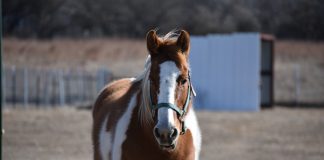Many of the mysteries of the equine gastrointestinal (GI) tract have yet to be solved. Still, we can say with confidence that the horse’s GI tract has worked pretty well for millennia. But what makes it function smoothly? A little team of helpers known as equine microbiome.
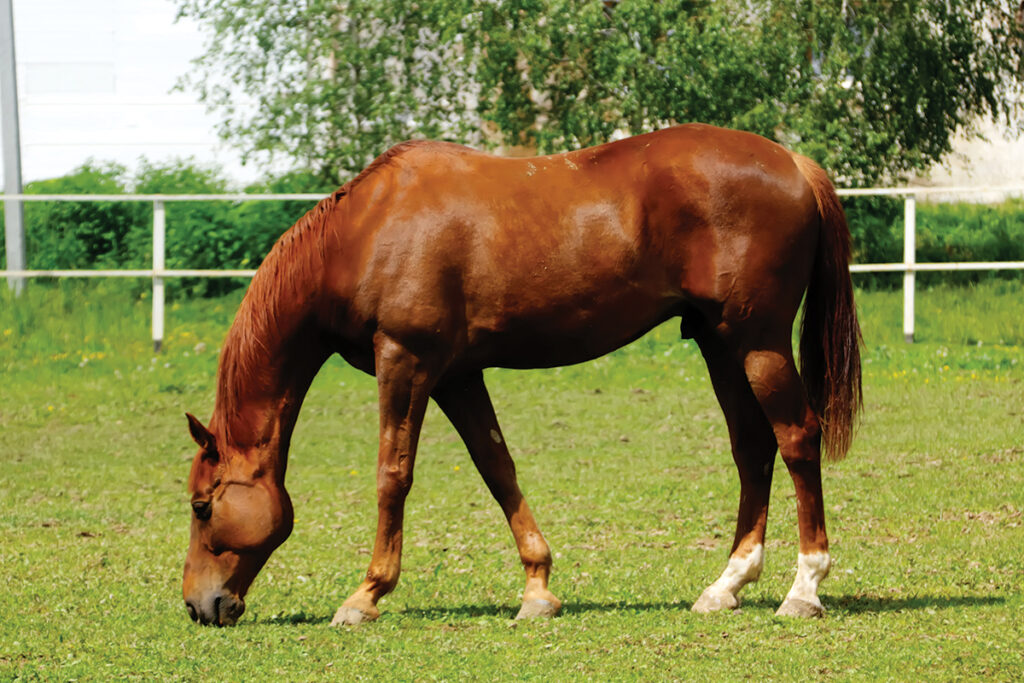
How Equine Microbiome Work
◆ First, the food passes through the mouth and gets mixed (chewed) with a lot of water and enzymes in the saliva; enzymes help speed up the chemical reactions that occur when food is digested.
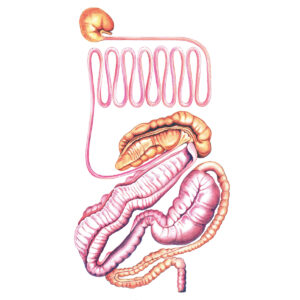
◆ Next, the food goes into a tub (aka the stomach): a fairly small tub, actually, given the size of the horse. In the stomach, the food gets mixed with more enzymes and acid, and proteins in the feed start to break down. From the stomach, the feed gets released into a long tube.
◆ The small intestine of the horse is long. Really long. Seventy feet long. But the food moves through quickly, biologically speaking. It travels about a foot per minute and can get back to the hindgut in as little as 45 minutes, depending on how much and what kind of food. In the small intestine, carbohydrates, fat, and protein get digested (by more enzymes and absorbed.
◆ The horse’s hindgut is where the things that make the horse’s digestive system so unique happen. The hindgut (cecum, large colon, small colon and rectum) isn’t nearly as long as the small intestine, but it can handle a lot more feed.
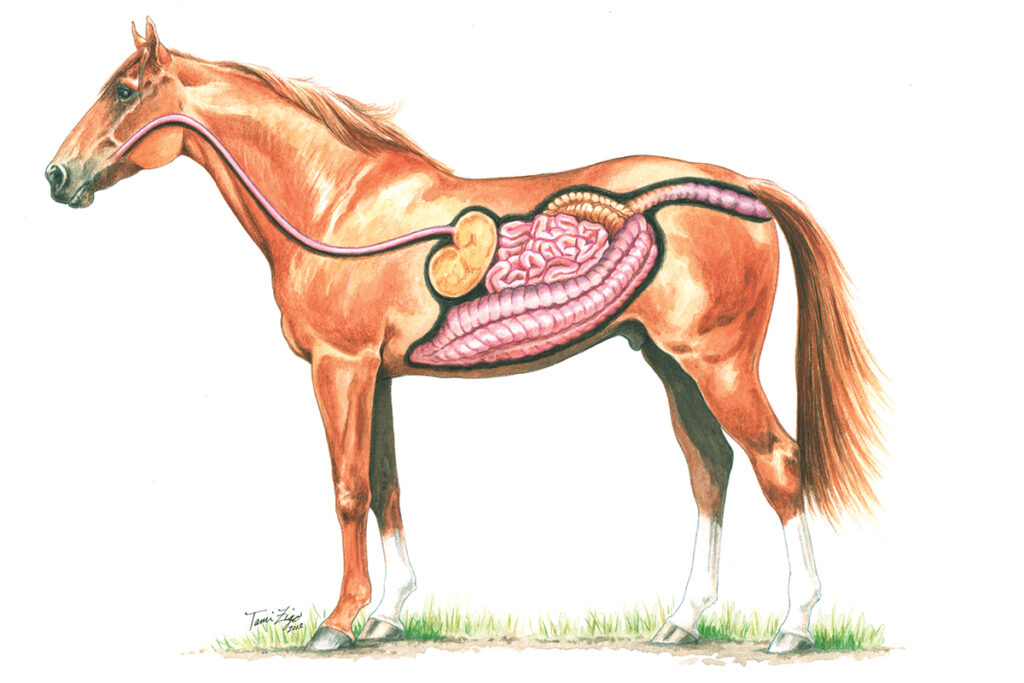
In the hindgut, the horse has countless numbers of microbes (bacteria, protists, fungi, even viruses) that help break down the stems and woody parts of the horse’s forage. The microbes do the important work of fermentation, which in addition to producing fatty acids, amino acids, and B vitamins for the horse, also make the horse gassy.
It’s in the hindgut that a great deal of water is absorbed, as well.
The Equine Microbiome
The microbiome breaks down food to release energy—but that’s not all. It also protects the horse against “bad” bacteria; is involved in the horse’s immune system, helping keep the animal from getting sick; and even produces many of the vitamins that the horse needs.
It’s an area of current research because understanding the equine microbiome is critically important for understanding the horse’s health, as well as for understanding what we can and cannot do for the horse.
Before you can effectively try to modify the equine microbiome, it’s important to know what’s in it. Using genetic sequencing of bacteria (instead of trying to grow them), scientists are finding out that the horse’s GI tract has many more kinds of bacteria in it that was initially thought, especially those that live without oxygen (anaerobic bacteria).
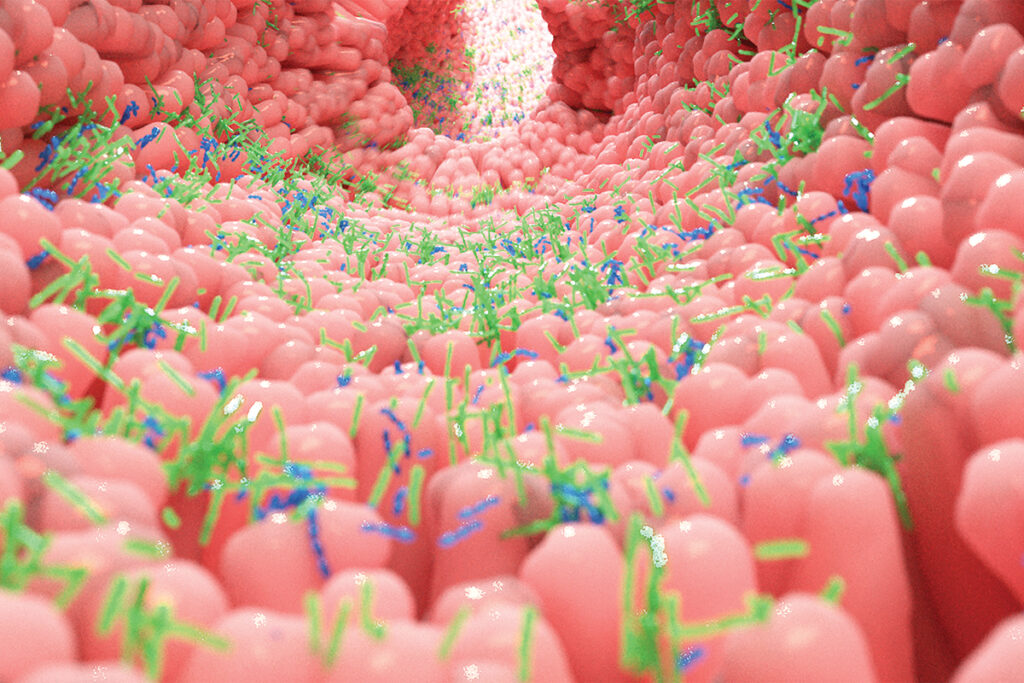
As it turns out, the microbiome of most horses is actually quite similar. The microbiome of a Quarter Horse in Texas is about the same as the microbiome of a warmblood in Connecticut. For the vast majority of horses in different seasons, on different diets, and in different locations, there seems to be something of a normal range for the bacteria in the horse’s GI tract.
What Alters the Microbiome?
Certain things can rather predictably alter the equine microbiome. For example:
Nutrition: When horses eat large amounts of grain in their diet, their microbiome changes. Veterinarians have long known that large amounts of grain are associated with all sorts of diseases, including laminitis and colic.
One reason is that large amounts of grain change the bacterial population. As long as a horse gets enough forage (fiber from hay or pasture), giving him some grain doesn’t seem to affect the microbiome. It’s at high concentrate levels—such as are fed to racehorses—that the microbiome changes.
While changes in the horse’s microbiome probably also changes some of the physiologic processes of the horse, it’s too early to say if this change directly causes disease. In many other species, it’s been shown that the microbiome is slightly sensitive to things like diet, season, and acute changes in diet; however, these changes aren’t necessarily associated with disease. This is food for thought and future research.
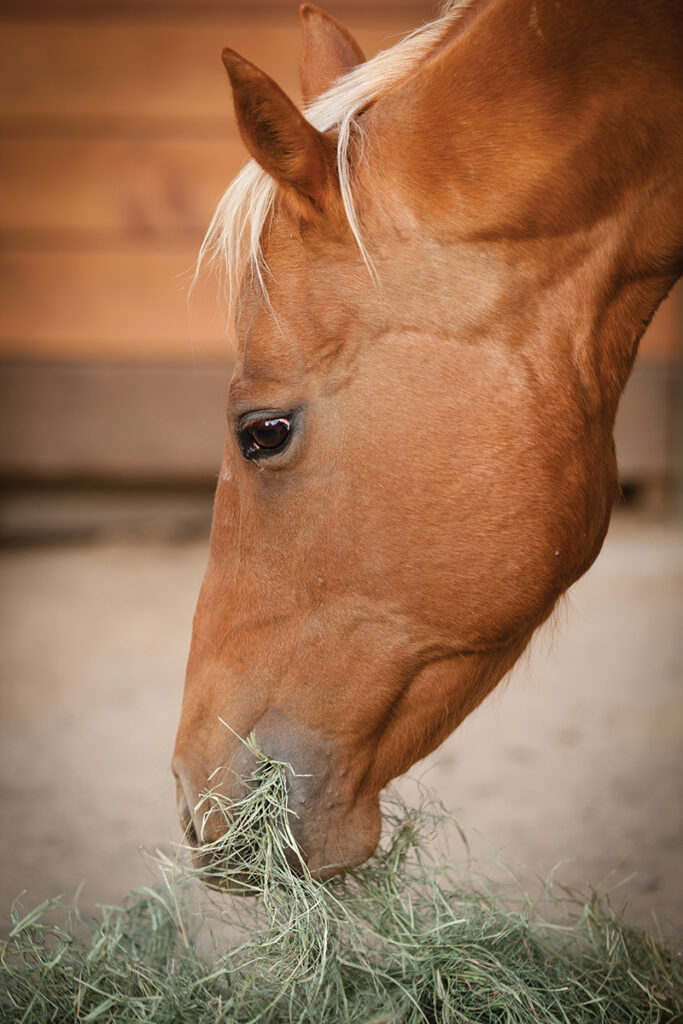
Antibiotic use: Antibiotics kill bacteria. The gut is full of bacteria. Antibiotics can affect the microbiome, and different antibiotics affect different bugs. That’s easy to understand. Perhaps less easy to understand is why antibiotic-induced diarrhea isn’t more of a routine problem in horses.
Disease: When there’s intestinal disease, e.g., colitis, there are also big changes in the microbiome. It’s been shown in at least one study that the microbiome of horses that colic is different from the microbiome of horses that don’t colic, but it’s too early to say that a change in the microbiome will always cause a horse to colic. It’s another area for future research.
To make things even more complicated, all disease-caused changes to the equine microbiome are not created equal. For example, horses with diarrhea caused by Salmonella bacteria appear to have a different microbiome from horses with diarrhea caused by antibiotics.
If that’s the case, it may be possible to develop a microbiome index to see if it’s possible to tell what might have caused the changes. Such efforts are underway.
The Question of Probiotics
People with GI disease, such as Crohn’s Disease, inflammatory bowel disease, and the like, have different microbiomes than healthy people. However, it’s not yet known if that’s the case in horses.
Although “supporting,” “improving,” or “protecting” microbiome is a goal of equine digestive products everywhere, giving such products—for example, pre- or probiotics—doesn’t magically make a horse’s GI tract safe, secure, and efficient.
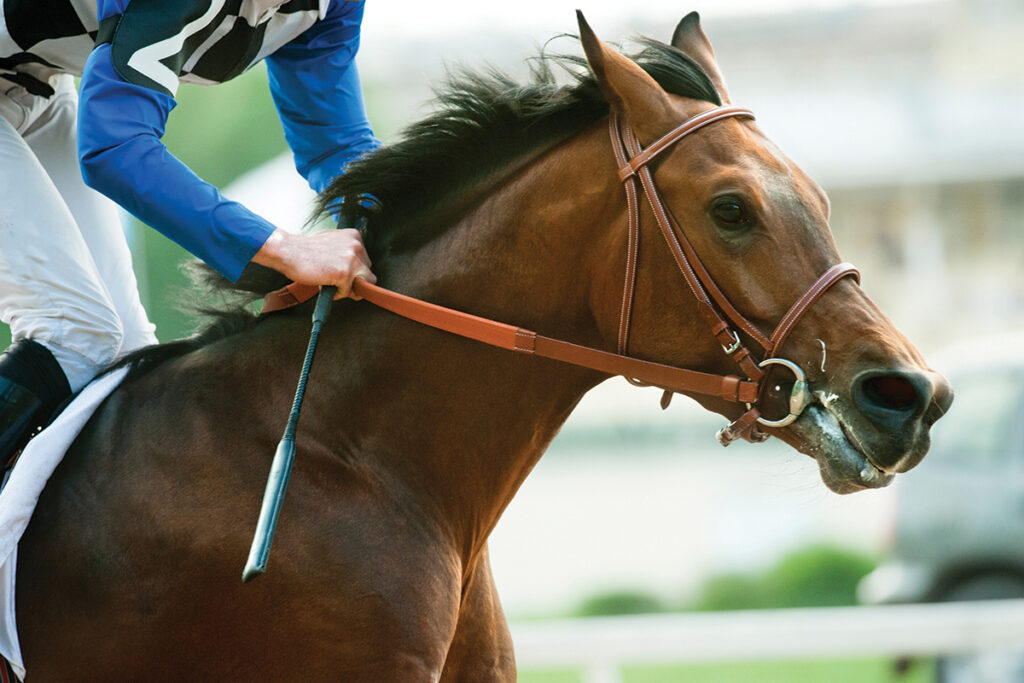
While the relatively few bacteria that are in equine probiotic products may provide some benefit, they do not “normalize” the equine GI tract. There are a few other things that are known.
◆ The horse’s stomach is, among other things, a vat of acid. Acid is one of the worst things you can run into if you’re a bacterium, and there’s a lot of question about how much, if any, bacteria can survive the stomach if you squirt some in a horse’s mouth.
◆ Probiotics are not drugs, and they aren’t regulated as drugs. This is to say that you really have very little idea what you’re giving when you’re giving a horse a probiotic.
◆ There’s also the problem of content. Various products may not contain the bacteria that are said to be in them, the bacteria in the product may not be alive, and the cell count (the colony forming units, or CFU) may not be as advertised.
◆ There’s the question of dose. In humans, products may have as many as 900 billion CFUs, and humans are about 10 percent of the size of most horses. While equine products vary, the doses are usually much, much smaller. Even if a product were to be effective, a dose of 2 billion CFU (or even 25 billion) isn’t like to go very far in a horse.
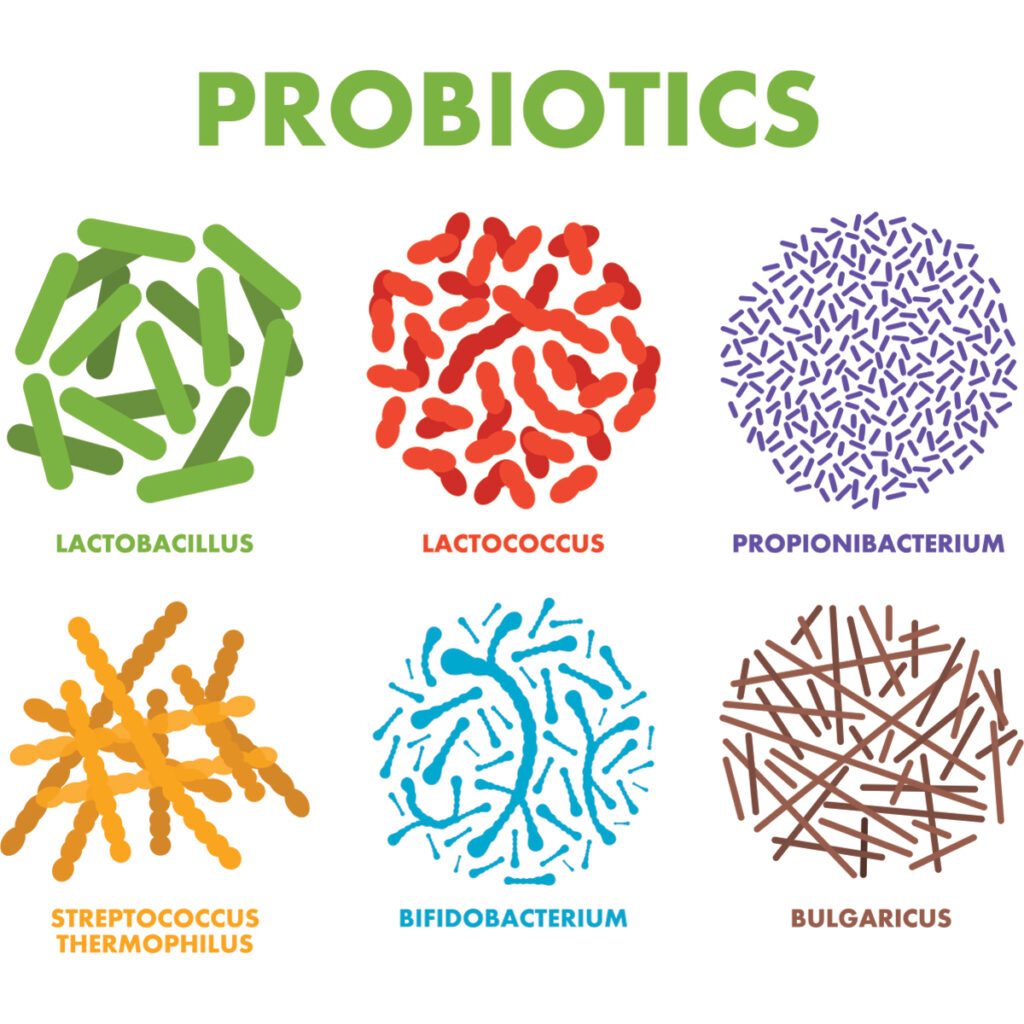
When it comes to the equine microbiome, scientists don’t yet know enough about what’s normal to go about making any strong recommendations or having any firm conclusions about what to do when things are abnormal. Happily, horses seem to do pretty well without any help, even though there’s certainly a lot more to learn.




